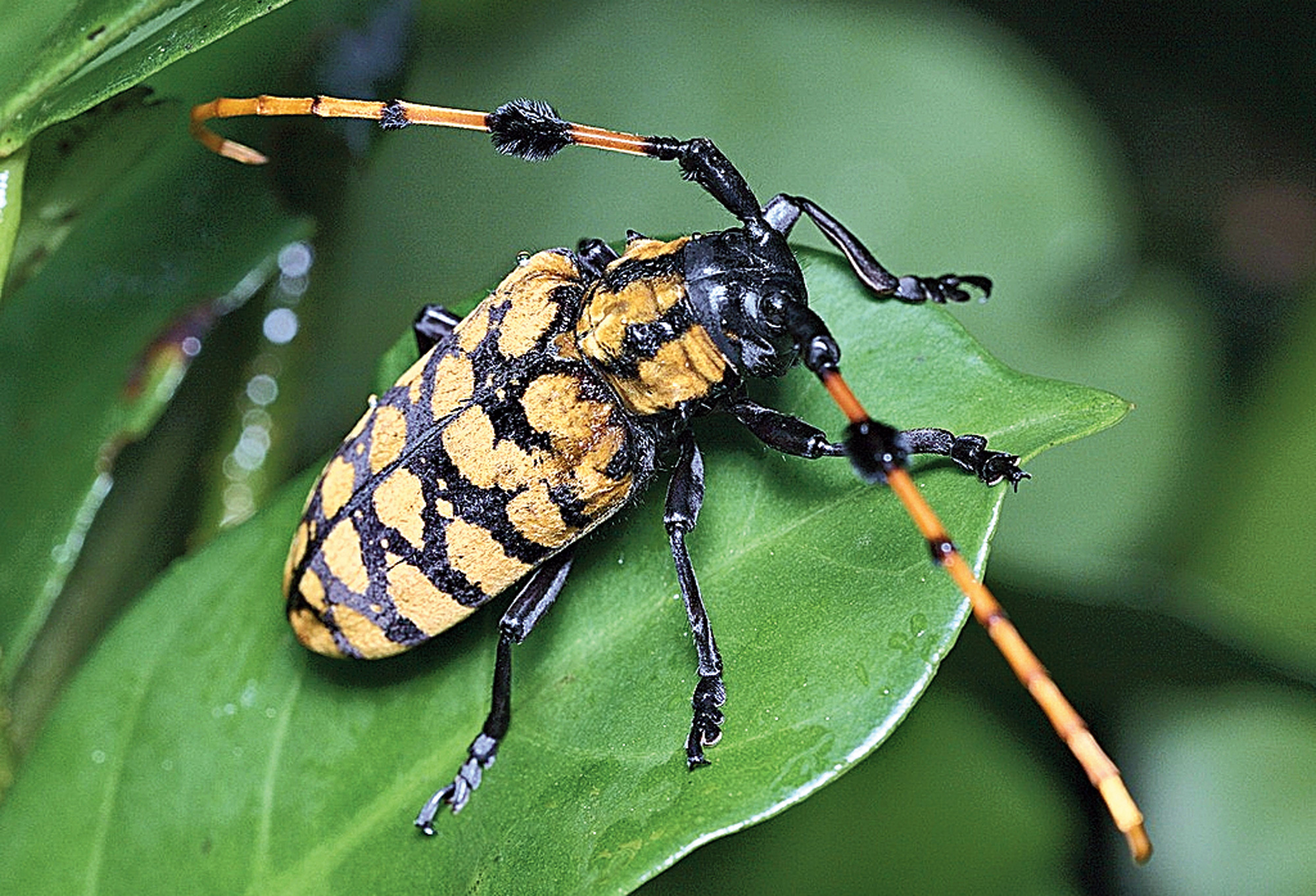Researchers from Indian Council of Agricultural Research (ICAR) at Umiam in Meghalaya’s Ri Bhoi district have mapped the mitochondrial genome of a beetle for the very first time.
An international research team, which included scientists from the ICAR research complex at Umiam, Punjab Agricultural University in Ludhiana and the ICAR-Indian Agricultural Research Institute (IARI) in New Delhi, sequenced the mitochondrial genome of the guava stem borer beetle, which was collected from Meghalaya.
In a statement issued by here on Saturday, the ICAR said decoding the beetle’s mitochondrial genes would be useful for DNA bar-coding, a method of identifying species of different organisms based on a short and standardised fragment of genomic DNA.
Aristobia reticulator (Coleoptera: Cerambycidae) is also known as litchi stem borer or litchi longhorn beetle. It is a common pest of guava and litchi in India. This pest has been found in many countries including Nepal, India, China, and Vietnam. In India, it is mainly restricted to the Northeast.
To generate the genomic resources especially for the coleopteran family, Cerambycidae, a complete mitochondrial genome was successfully sequenced and characterised.
The gene arrangement and orientations of assembled mitogenome were identical to the published mitogenomes of coleopteran insect species. This is the first complete mitogenome of the coleopteran family, Cerambycidae, from India.
These beetles feed on the tree bark, while their larvae tunnel inside the stem. A recent survey, conducted in Arunachal Pradesh, has shown that it wreaks havoc on the local litchi trees.
The researchers, led by G.T. Behere, principal scientist (agricultural entomology) and principal investigator of the project, found that the beetle’s mitochondrial genome, long and circular in nature, contains 15,838 base pairs. It has 13 genes that encode specific proteins and 24 RNA-related genes involved in protein synthesis.
The arrangement and orientations of the genes in the beetle’s mitochondria are identical to other insect species, including beetles.
The knowledge of the complete mitochondrial genome will allow in designing a better management strategy for controlling the pest in India.










